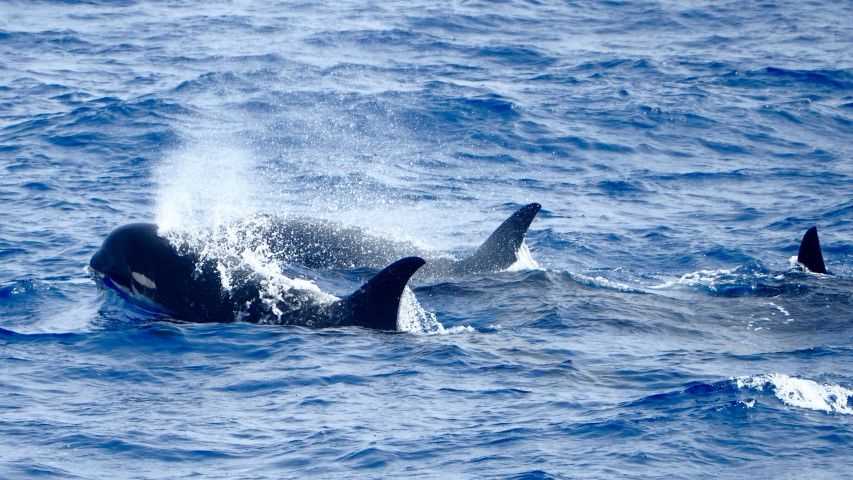Well we didn’t want to leave Antarctica, but over the last couple of days it has felt like Antarctica didn’t want us to leave.
Our morning was a leisurely one, at odds with the pace of the expedition over the last week. No wakeup call from Andy meant that come time for our first lecture on cetacean biology from naturalist Josh McInnes, most of us on board were only on our first coffee of the morning. This was followed by my presentation to protect the Southern Ocean, covering the challenges and complexities involved in establishing protection for a vast expanse of ocean and huge abundances of wildlife throughout an internationally managed area. We have been overwhelmed on this expedition, with the experiences and information shared, and today offered the chance to process a lot of what we’ve come to witness.
But! Once again the day belonged to the wildlife of this remarkable part of the world, which lured us back in the direction of the Antarctic continent. In the early afternoon our Navigations Officer Marcus Landegren spotted a pod of orca in the distance, and with favorable weather conditions and time to burn, he steered National Geographic Orion in their direction. The expedition team was keen to get a closer look at the killer whales, knowing that a rare ecotype of orca has been seen sporadically in the Drake Passage over recent years. As the pod surfaced again just off the bow, we were given a closer look and were able to confirm the identity as type-D killer whales, an incredibly rare ecotype of orca found only in this part of the world. They are distinguishable from the other ecotypes in the Southern Ocean by a particularly small area of white around their eye.
These orcas are so rare, and have been seen by so few humans, that it was only in 2005 that they were first identified by renowned orca research Robert Pitman. Pitman and his colleagues published a paper describing type D killer whales in 2010, and in early 2019 led an expedition to film these individuals and take biopsy samples from them for the first time. Although very little is known about these orcas it is thought that they occupy offshore waters around the southern tip of South America and prefer the slightly warmer waters north of the convergence, compared to their Antarctic relatives. This is an area of ocean notorious for its ferocious winds and wild seas, which is perhaps what has kept these animals hidden for so long. Stories from Chilean fisherman of “different looking” killer whales stealing fish from their lines gives some hint to their diet and behavior and has lured Pitman and other researchers to the Southern Ocean for years in the attempt to find and document these elusive animals.
These mythic creatures entertained us for 40 minutes as they cruised through the waves, leading us back south towards Antarctica, before we let them be, and resumed our course for Ushuaia. The reluctance to leave them, and the pull towards this magical place we had just spent several days exploring, left a nearly palpable bittersweetness as we find ourselves at the end of our voyage.







